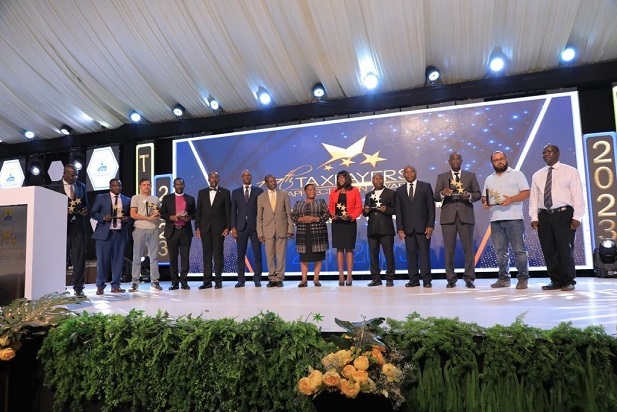Despite a presidential directive to charge manufacturers USD 5 per unit of electricity consumed, industrialists are advised to remain patient, as the subsidy is still hindered by technical challenges years after the directive was issued.
The directive, which is intended to reduce operational costs for manufacturers and processors to enhance competitiveness, aligns with the objectives of Uganda’s third national development plan (NDP III) 2020/21 – 2024/25. However, its implementation is still not on the horizon.
While speaking to journalists after an inspection visit to the Roofings Steel Manufacturing plant in Namanve, Matia Kasaijja, the Minister of Finance, Planning, and Economic Development, explained that Uganda’s electricity supply is primarily controlled by a private entity, complicating the implementation of certain programs.
He mentioned that the government’s planned takeover of the entire electricity distribution value chain would make it easier to implement such systems as the USD 5 cents per unit tariff.
The government decided not to renew UMEME’s concessional agreement for electricity distribution in the country, meaning that starting from March 31, 2025, electricity distribution will be managed by the Uganda Electricity Distribution Company (UEDCL).
Evelyn Anite, the State Minister for Finance in charge of Investment and Privatization, noted some progress in extending the US$ 5 cents per unit electricity rate to manufacturers. However, she pointed out that priority has been given to extra-large-scale corporate organizations, which currently benefit from this rate only during off-peak hours, from midnight to 6 am.
Anite explained that for manufacturers to benefit from the reduced power tariff, the Ministry of Finance must provide a subsidy or a gradual onboarding process must be followed. This process involves technocrats determining which companies qualify for the reduced rate.
Due to financial constraints, manufacturers have been categorized into extra-large, large, medium, and small groups. The onboarding process started with the extra-large category, which enjoys a reduced rate during off-peak hours. Anite mentioned that the goal is to extend this benefit to more manufacturers, but it is currently not feasible due to financial limitations at the Ministry of Finance.
Sikander Lalani, CEO and proprietor of the Roofings Group, expressed optimism about the situation, stating that collaboration with the government has been key to building his business over the past 30 years. He believes that the challenges they are facing are minor and can be resolved through continued cooperation with the government.
–URN





